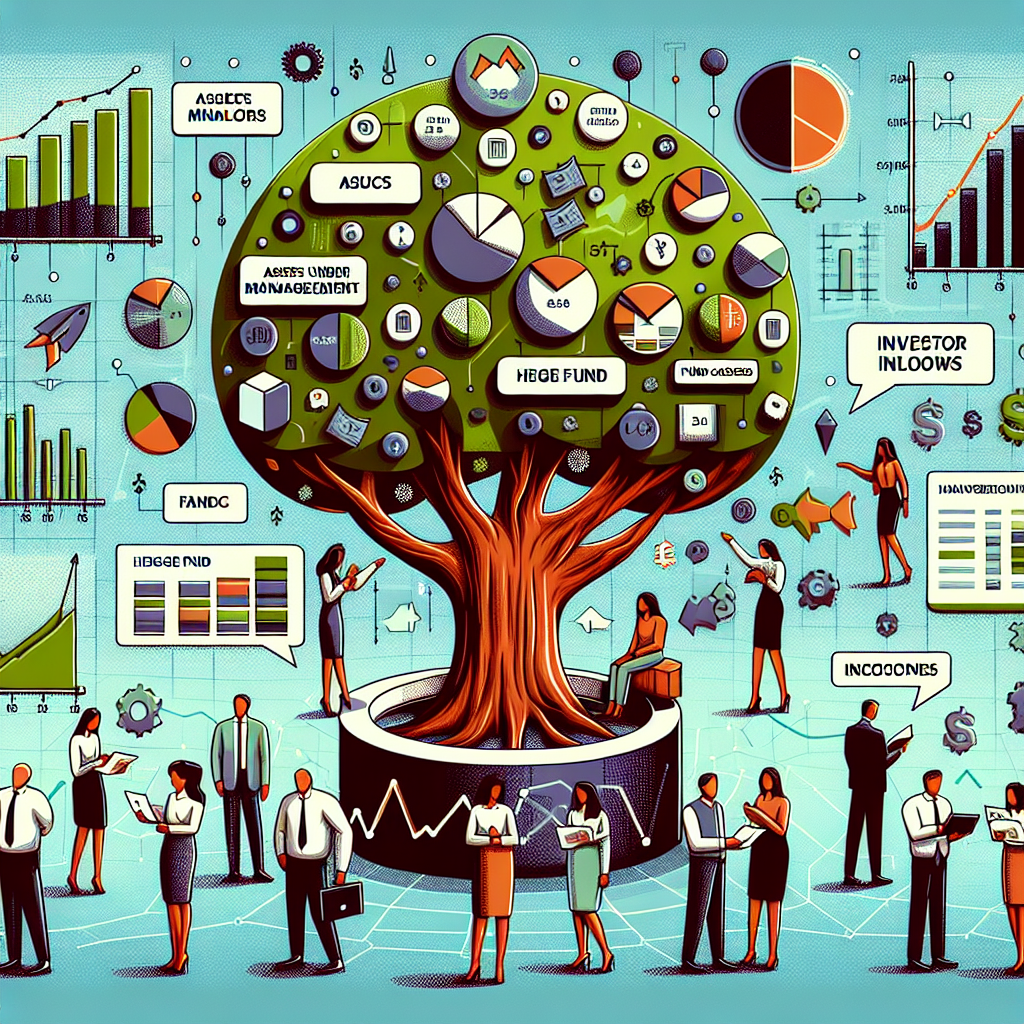Financial Market Integration
Introduction
Financial market integration refers to the process of linking different financial markets together to create a single, unified market. This allows for the free flow of capital, goods, and services across borders, leading to increased efficiency and liquidity in the financial system.
Benefits of Financial Market Integration
There are several benefits to financial market integration, including:
Increased Liquidity
By linking different financial markets together, investors have access to a larger pool of assets and securities to trade, leading to increased liquidity in the market.
Lower Transaction Costs
Integration can lead to lower transaction costs as investors can trade in multiple markets using a single platform, reducing the need for multiple accounts and brokers.
Diversification of Risk
Investors can diversify their portfolios by investing in assets from different markets, reducing their overall risk exposure.
Challenges of Financial Market Integration
While there are many benefits to financial market integration, there are also challenges that need to be addressed, including:
Regulatory Hurdles
Different countries have different regulatory frameworks governing their financial markets, which can create barriers to integration. Harmonizing these regulations can be a complex and time-consuming process.
Market Fragmentation
Even with integration, markets can still be fragmented, with different trading platforms, clearing houses, and settlement systems. This can create inefficiencies and increase the cost of trading.
Steps Towards Financial Market Integration
There are several steps that can be taken to promote financial market integration:
Harmonizing Regulations
Countries can work together to harmonize their regulatory frameworks to create a more seamless market environment. This can involve mutual recognition agreements, standardization of rules, and cooperation between regulatory authorities.
Creating Cross-Border Trading Platforms
Developing cross-border trading platforms can help facilitate the flow of capital across different markets. These platforms can provide investors with access to multiple markets through a single interface, making it easier to trade across borders.
Improving Market Infrastructure
Investing in market infrastructure, such as trading systems, clearing houses, and settlement systems, can help reduce fragmentation and increase efficiency in the financial system. This can help lower transaction costs and improve liquidity in the market.
Conclusion
Financial market integration has the potential to create a more efficient and liquid financial system, benefiting investors and economies alike. By addressing the challenges and taking steps towards integration, countries can unlock the full potential of global financial markets.


